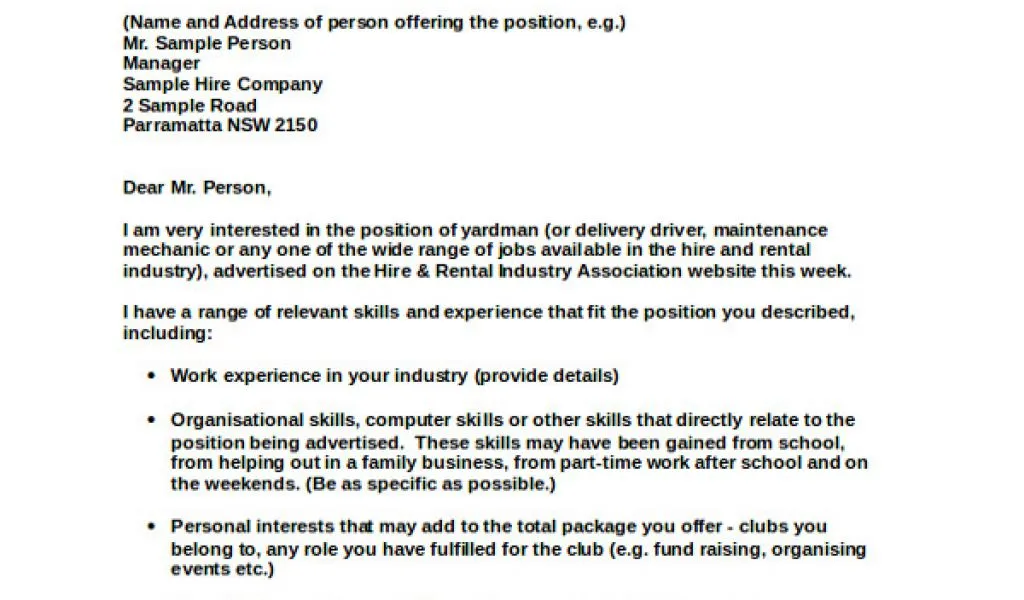Why IT Cover Letters Matter
In the competitive world of Information Technology, a well-crafted cover letter is your key to unlocking the door to your dream job. It’s your chance to make a strong first impression, showcase your unique skills, and convince potential employers that you are the perfect fit for their team. Many IT professionals underestimate the power of a cover letter, viewing it as a mere formality. However, a compelling cover letter can set you apart from the competition, especially when applying for IT positions where technical skills are paramount. It allows you to go beyond your resume, providing context, personality, and a narrative that highlights your value. A great IT cover letter demonstrates not just your technical expertise but also your communication skills, passion for the field, and understanding of the company’s needs. In essence, it’s your opportunity to turn an application into an invitation.
The Core Components of a Strong IT Cover Letter
Before diving into specific examples, let’s break down the essential elements that make an IT cover letter stand out. A well-structured cover letter should include these core components to ensure it grabs the reader’s attention and effectively conveys your qualifications. Each part plays a critical role in creating a cohesive and persuasive narrative. The most effective IT cover letters follow a standard format, but the content should be tailored to each specific job application. This personalization shows that you’ve taken the time to understand the company and the role. Always start with your contact information, followed by the date and the recipient’s details. The introductory paragraph is your elevator pitch – it should immediately capture the reader’s interest. The body of the letter should highlight your relevant skills, experience, and achievements, providing specific examples to back up your claims. Finally, end with a strong closing paragraph that reiterates your interest and includes a call to action.
Your Contact Information and the Date
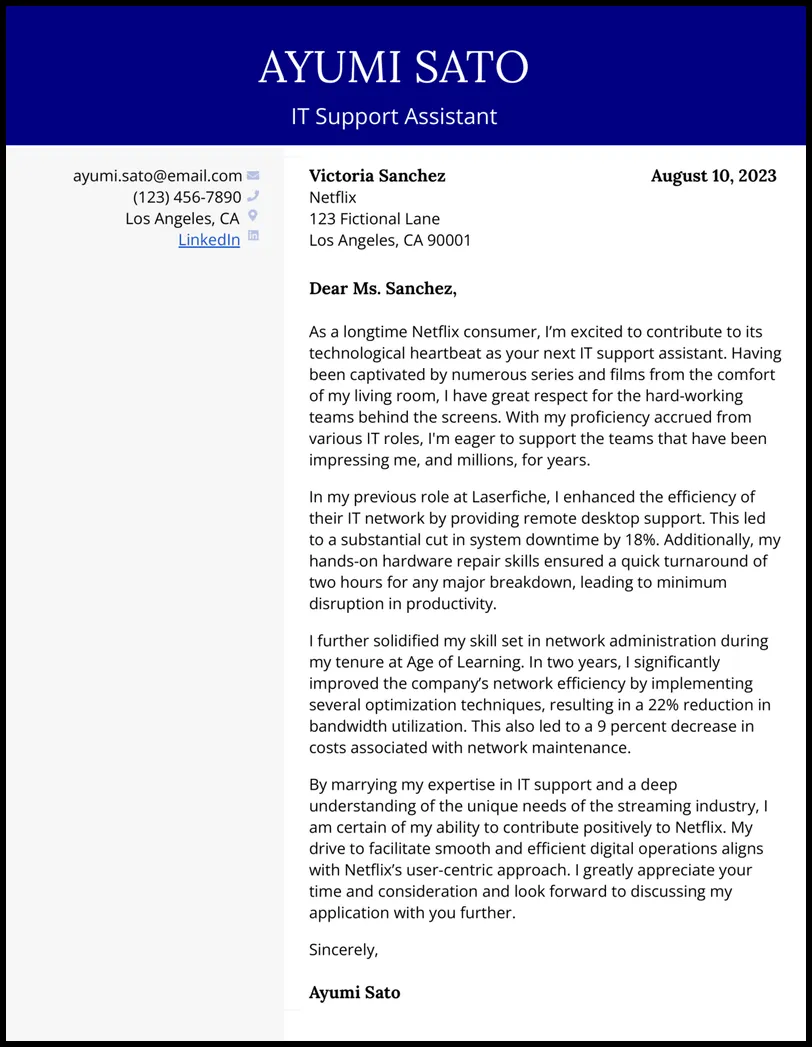
At the top of your cover letter, clearly state your contact information. This includes your full name, phone number, email address, and optionally, your LinkedIn profile URL or personal website. Make sure your contact information is up-to-date and professional. Following your contact information, include the date you’re sending the cover letter. This ensures the recipient knows when you applied. Below the date, include the name and title of the hiring manager or the person to whom you are addressing the letter, along with the company’s address. If you can’t find the hiring manager’s name, use a general greeting like ‘Dear Hiring Manager’.
The Introductory Paragraph Crafting the Hook
The introductory paragraph is your first chance to make a positive impression. It should immediately grab the reader’s attention and make them want to read more. Start by stating the position you are applying for and where you found the job listing. Briefly mention why you’re interested in the company and the role. This could be a specific project, the company’s mission, or the opportunity to utilize your skills in a new way. You could also include a compelling statement about your key skills or a notable achievement that aligns with the job requirements. Avoid generic opening lines. Instead, use the introduction to demonstrate your enthusiasm and make a strong connection. Mentioning a mutual connection or showing that you’ve researched the company can also set you apart. Your introduction should be concise and focused, setting the tone for the rest of the cover letter.
Example 1 Software Engineer Cover Letter
Here’s an example to help you craft your own. This is tailored for a Software Engineer position, highlighting relevant skills and experience. Remember to adapt this example to reflect your specific skills, experience, and the requirements of the job you are applying for. This example cover letter will serve as a template you can customize. Use it as a guide and replace the bracketed information with your own details. By tailoring each cover letter, you increase your chances of impressing the hiring manager and securing an interview.
Highlighting Technical Skills
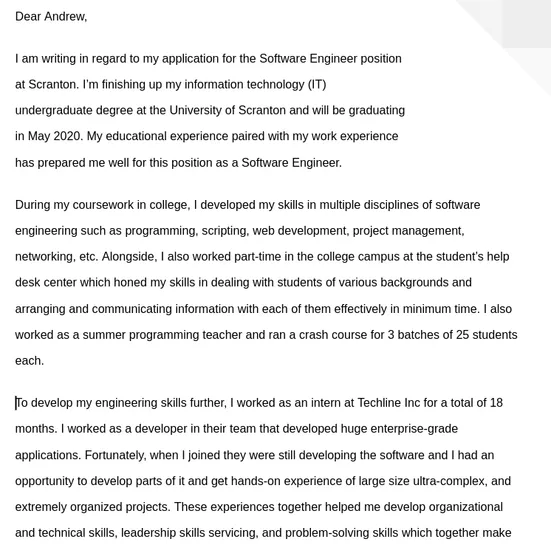
In the body of your cover letter, emphasize your technical skills. Use specific examples to showcase your proficiency in programming languages, tools, and technologies relevant to the job. Quantify your achievements whenever possible by using metrics to demonstrate the impact of your work. For instance, instead of saying ‘Improved system performance,’ state ‘Improved system performance by 20% by optimizing database queries.’ When highlighting technical skills, match them to the requirements listed in the job description. This demonstrates that you’ve carefully read the job posting and are aware of the employer’s needs. If a company is looking for someone with experience in Python and cloud computing, be sure to highlight your experience in these areas. Include any certifications or training that support your technical abilities. Always show, don’t just tell. Back up your skills with real-world examples of how you’ve used them.
Showcasing Project Experience
Provide details about your relevant projects. Describe your role, the technologies used, and the outcomes achieved. This is an excellent opportunity to illustrate how you apply your skills in practical scenarios. When describing projects, start with a brief overview of the project’s purpose. Then, detail your specific contributions and the technologies used. Focus on the results, such as increased efficiency, reduced costs, or improved user experience. Mention any challenges you faced and how you overcame them. This shows your problem-solving abilities. If possible, mention any positive feedback or awards you received for your work. Tailor the projects you highlight to match the job description. This will demonstrate your understanding of the role and your suitability for the position. Including project details is a great way to make your cover letter more engaging and memorable.
Example 2 Network Administrator Cover Letter
This example is crafted for a Network Administrator position. It highlights skills related to network infrastructure and security. Use this template to guide your own cover letter. This example emphasizes practical experience and certifications relevant to networking. Use this as a guide to showcase your own skills and tailor the content.
Emphasizing Problem-Solving Abilities
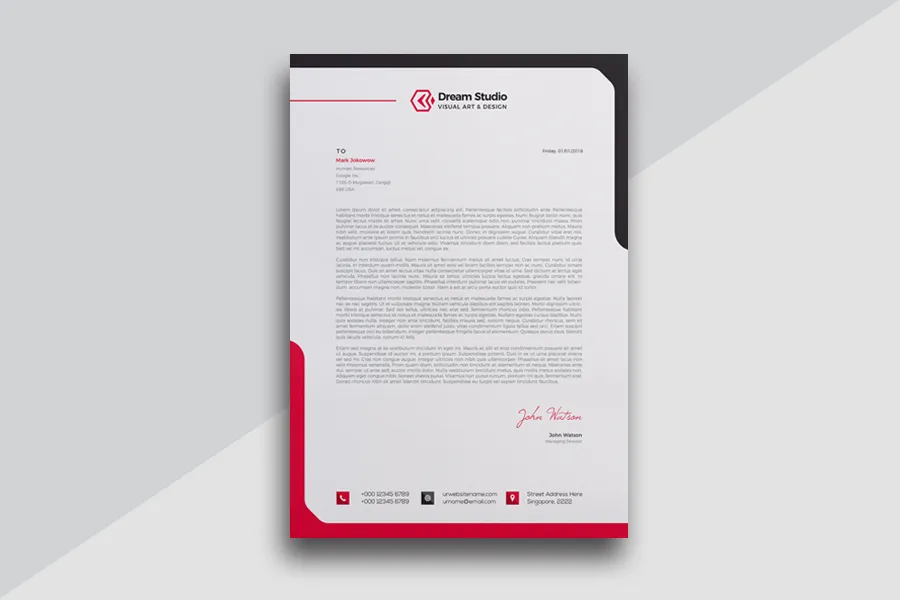
Network Administrators often face complex technical challenges. Your cover letter should highlight your problem-solving skills. Provide specific examples of how you have successfully resolved network issues. Describe the situation, your actions, and the positive outcomes. Illustrate your analytical skills. Explain your process for diagnosing and fixing network problems. This could include using diagnostic tools, analyzing network traffic, or troubleshooting hardware failures. Emphasize any experience you have in proactive problem-solving. Discuss how you’ve implemented measures to prevent issues. Showing you’re not just reactive but also proactive will impress employers. Include any training or certifications that support your problem-solving abilities. These can serve as proof of your skills.
Demonstrating Certifications
In your cover letter, clearly list any IT certifications you have earned. These certifications are often a key factor in demonstrating your qualifications. Include the certification name, the issuing organization, and the date of certification. Certifications can validate your skills and demonstrate your commitment to your profession. Highlight certifications that are most relevant to the job you are applying for. This demonstrates that you understand the specific requirements of the role. For instance, if you’re applying for a network security position, highlight certifications like CompTIA Security+ or CISSP. Make sure your certifications are current. Include the renewal dates or any continuing education that shows you stay up-to-date with the latest technologies. Mentioning certifications can significantly increase your chances of getting an interview.
Example 3 IT Support Specialist Cover Letter
This example is tailored for an IT Support Specialist, focusing on customer service and technical proficiency. This template will guide you in highlighting your customer service skills. Make sure your cover letter demonstrates empathy and communication skills.
Detailing Customer Service Skills
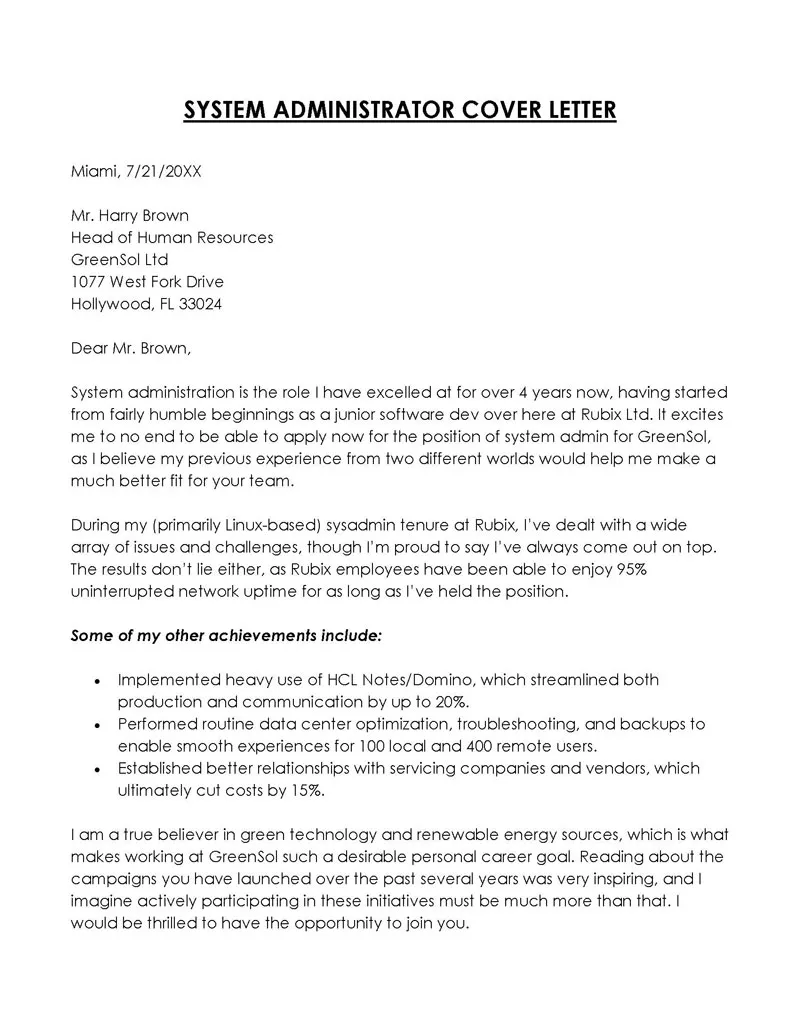
Customer service skills are crucial for IT support roles. In your cover letter, highlight your ability to communicate effectively with users and resolve their technical issues. Describe your experience in providing technical support. Detail the methods you have used to assist users, such as phone, email, or in-person support. Show how you handle difficult situations with patience and empathy. Mention any training or certifications you have in customer service. These can add credibility to your claims. Provide examples of how you have successfully resolved user problems. Quantify your achievements if possible. For example, state how you reduced the average resolution time or improved user satisfaction.
Mentioning Hardware and Software Proficiency
IT Support Specialists need to be proficient in both hardware and software. Your cover letter should emphasize your expertise in these areas. List the hardware and software systems that you are familiar with. This should include operating systems, office productivity tools, and hardware components. Mention any experience you have in troubleshooting hardware and software issues. Describe the steps you take to diagnose and resolve problems. Highlight your ability to install, configure, and maintain various types of hardware and software. Include specific examples of your achievements. Mention any certifications related to hardware or software. Showing that you can quickly adapt to different systems is very important.
Example 4 Cybersecurity Analyst Cover Letter
This is an example designed for a Cybersecurity Analyst role. It concentrates on security expertise and relevant technologies. Use this template to showcase your skills effectively. The focus here is on security measures and analysis of threats. Ensure that you demonstrate your knowledge of the current threats and security technologies.
Showcasing Security Expertise
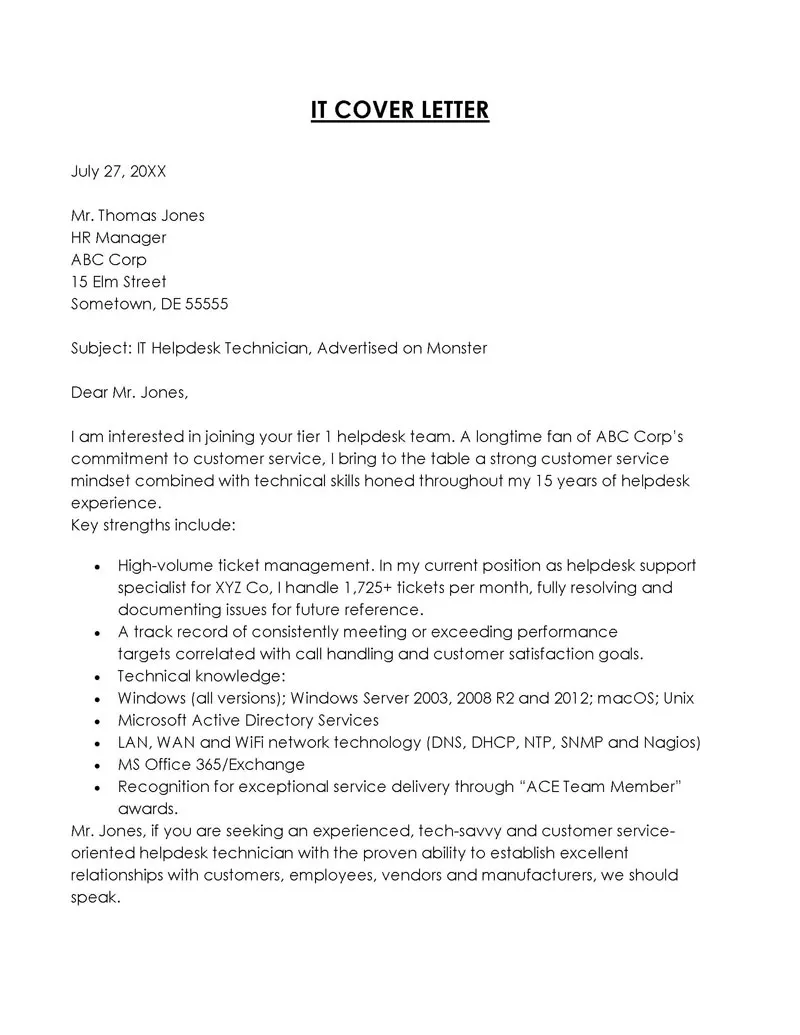
Cybersecurity is about protecting systems and data. Your cover letter should highlight your knowledge and experience in this area. Describe your experience with threat detection, incident response, and vulnerability assessments. Emphasize any experience with security tools and technologies, such as firewalls, intrusion detection systems, and SIEM platforms. Mention any certifications you have, such as Certified Ethical Hacker (CEH), Certified Information Systems Security Professional (CISSP), or CompTIA Security+. Provide examples of successful security projects or incidents you have managed. This will give your application more credibility and demonstrate your knowledge.
Highlighting Relevant Technologies
Cybersecurity professionals need to stay current with the latest technologies. Your cover letter should demonstrate your understanding of these tools. List the specific technologies you are familiar with, such as network security, endpoint security, and cloud security. Describe your experience with these tools, including how you have used them to detect, prevent, and respond to security threats. Mention any experience with security frameworks, such as NIST or ISO 27001. Highlight any training or certifications you have in these technologies. Regularly updating your knowledge and skills is crucial in the ever-evolving field of cybersecurity, so make sure to highlight your commitment to continuous learning. Understanding and implementing these technologies is essential to any cybersecurity team.
Example 5 Data Analyst Cover Letter
This example is tailored for a Data Analyst position. It focuses on data analysis, tools, and data visualization skills. Adapt this template to showcase your skills in data analysis. Make sure that your experience in data analysis is clear.
Emphasizing Data Analysis Skills
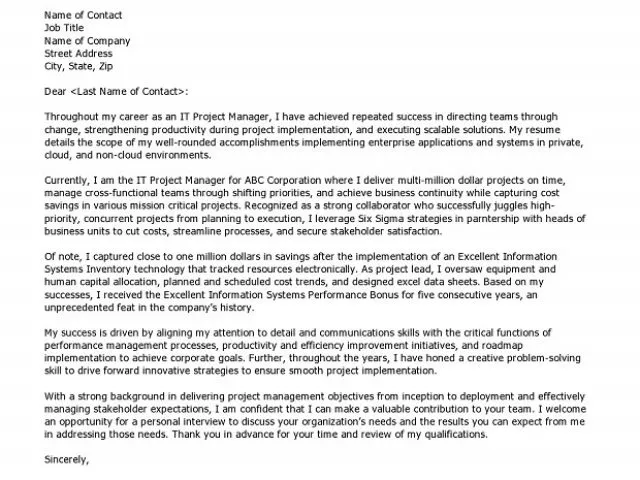
In your cover letter, emphasize your analytical abilities. Describe your experience in collecting, cleaning, analyzing, and interpreting data. Detail the types of data you have worked with and the methods you used for analysis. Include examples of projects where you have provided insights and recommendations based on data. Highlight any skills you have in statistical analysis, data mining, and machine learning. Mention any certifications or training you have in data analysis tools or techniques. When discussing your data analysis skills, focus on practical applications and results.
Showcasing Data Visualization Tools
Data visualization is a key aspect of data analysis. Highlight your experience with data visualization tools in your cover letter. List the data visualization tools you are proficient with, such as Tableau, Power BI, or Python libraries like Matplotlib and Seaborn. Describe how you have used these tools to create dashboards, reports, and presentations. Provide examples of compelling visualizations you have created. Emphasize your ability to communicate complex data in a clear and concise manner. Mention any training or certifications you have in data visualization tools. Having great skills in data visualization makes you a valuable asset to any data-driven company.
Key Takeaways From the Examples
These examples offer insights for creating effective cover letters. Tailor your cover letter to the specific job requirements. Make sure you demonstrate the value you bring to the company. Always highlight your relevant skills and experiences. Use specific examples to back up your claims. Proofread carefully to ensure accuracy and professionalism. Showcasing your soft skills is just as crucial. Your cover letter can be a powerful tool in your job search.
Tailoring Your Cover Letter
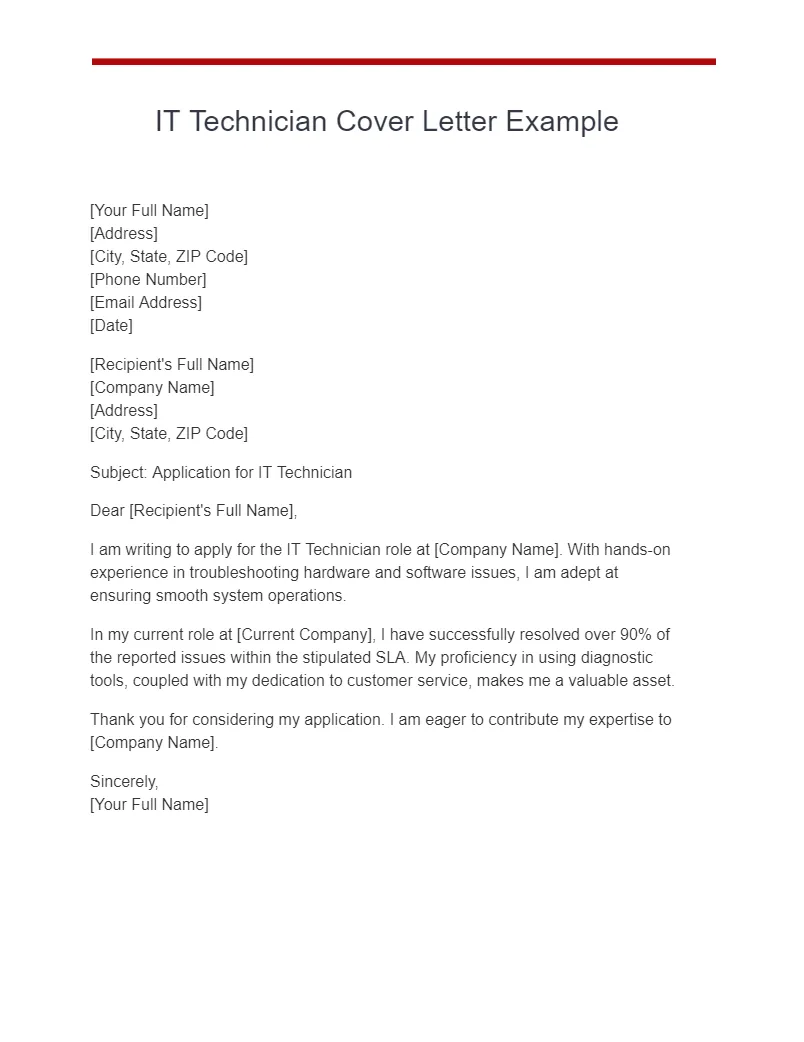
Tailoring is essential to ensure your cover letter is relevant. Always customize each cover letter for each job. Customize it by incorporating keywords from the job description. Address your letter to the hiring manager. Mention the specific company or role. Demonstrate that you have done your research. Customize the letter to highlight your relevant skills and experience. Tailoring shows that you are serious about the role. Taking the time to tailor your cover letter will greatly increase your chances of landing an interview.
Proofreading and Editing
Proofreading and editing are essential steps. Always carefully review your cover letter for any grammatical errors, spelling mistakes, or typos. Ensure that the formatting is consistent and easy to read. Consider having a friend, colleague, or career advisor review your cover letter. A fresh pair of eyes can often catch errors that you might miss. Proofreading demonstrates your attention to detail and professionalism. A polished cover letter leaves a positive impression on the hiring manager. Always take the time to proofread and edit before submitting your application. Correcting errors will greatly improve the impact of your application.
Final Thoughts
In the competitive IT job market, a well-crafted cover letter can make all the difference. Use the IT cover letter examples as a guide. By following the strategies outlined, you can create a cover letter that grabs attention, showcases your skills, and increases your chances of landing your dream job. Remember to tailor each cover letter to the specific job and company. Take the time to proofread and edit your cover letter before submitting it. With a strong cover letter, you’ll be well on your way to a successful career in IT.
